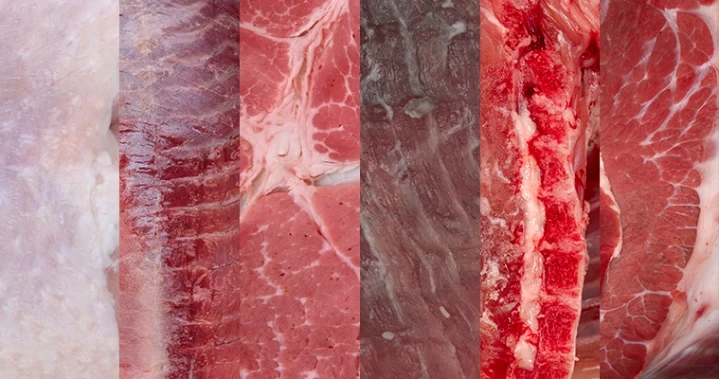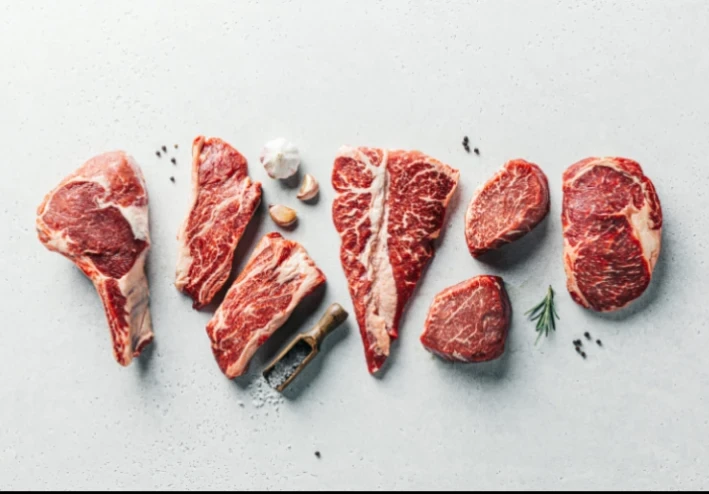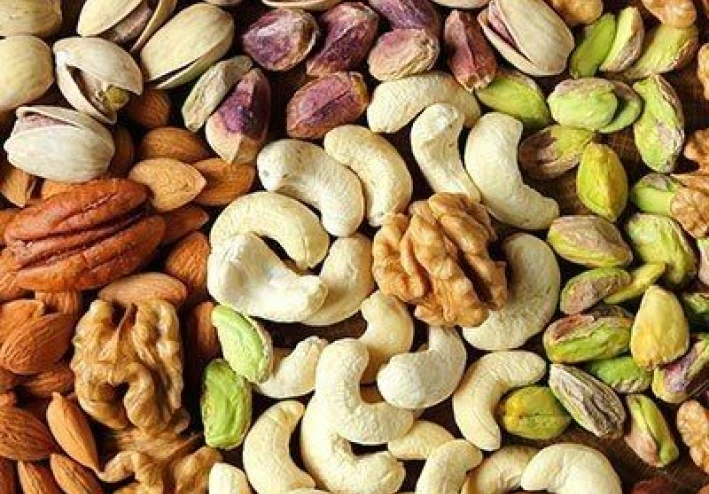Meat and Health: When and How Should We Eat It?
For thousands of years, meat has been a cornerstone of human nutrition. Early hunters relied on it for survival, strength, and energy. Today, meat remains central to many diets across the world. But the key question is: Is it always beneficial, and what happens when we consume too much of it?
Benefits of Meat

Meat is one of the richest natural sources of high-quality protein, essential for muscle growth and cell repair. Red meat provides heme iron, which is easily absorbed by the body and helps prevent anemia. It is also rich in zinc, which strengthens the immune system, and vitamin B12, crucial for nerve function and red blood cell production.
White meats such as chicken and fish are lighter in fat and easier to digest. Fish in particular stand out as they contain omega-3 fatty acids, known for protecting the heart and reducing inflammation.
Risks of Overconsumption
Despite its benefits, overconsumption of red and processed meats—such as sausages, burgers, and cured meats—has been linked to increased risks of heart disease and certain types of cancer. This is due to the high levels of saturated fat and preservatives in these products.
Excessive meat intake can also place stress on the liver and kidneys, and cause digestive issues like constipation. Some research suggests that relying too heavily on animal protein may even negatively affect bone health over time.
The Right Time to Eat Meat
Nutrition experts recommend eating meat earlier in the day, preferably at lunch, rather than at dinner. Since the body requires more time to digest meat, consuming it late at night may lead to heaviness, discomfort, or even insomnia.
Pairing meat with vegetables and fiber-rich foods helps improve digestion and reduce fat absorption. For example, grilled meat with a side of salad or steamed vegetables makes for a balanced meal.
Moderation is the Key
Moderation remains the golden rule. Global health organizations advise limiting red meat consumption to no more than three servings per week, while supplementing protein needs with legumes, nuts, eggs, and fish.
Diversifying protein sources not only provides the body with different nutrients but also reduces potential health risks.
Meat as a Cultural Symbol
Beyond its nutritional value, meat holds cultural and social significance. In many Arab traditions, serving meat is a symbol of generosity and hospitality. In Western cultures, a steak dinner or weekend barbecue is a cherished gathering that brings family and friends together.
This cultural importance shows that meat is more than just food—it is also a symbol of community and celebration. Yet, balance and awareness are still essential.
Conclusion
Meat is a nutrient-rich food that can support health when consumed wisely. It offers essential proteins and minerals, but overindulgence may turn its benefits into risks. By practicing moderation, diversifying protein sources, and choosing the right time to eat it, we can truly enjoy the value of meat in a healthy and sustainable way.




































